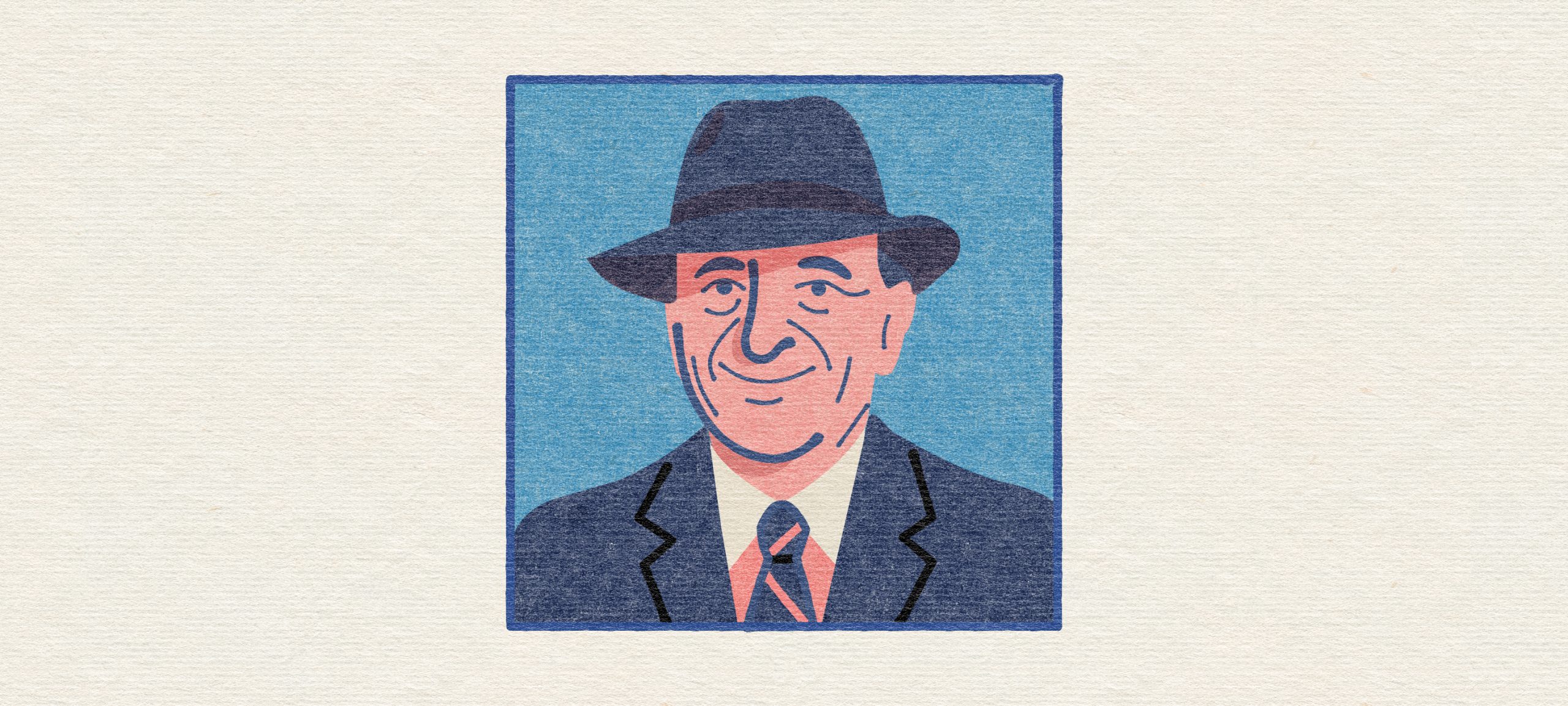From The Companion Series
Gay Talese writes as if he were sketching with light. Long before ethnographers spoke of atmospheres or affect, he was already tracing the invisible geometries of ordinary life: the slight lean of a doorman, the delayed lift of a newspaper corner, the hesitation before a cab door shuts. In his 1961 essay “New York Is a City of Things Unnoticed,” Talese turns away from spectacle to attend to the unrecorded rhythms that hold the city together. “People come and go,” he writes, “without seeing the streetlights change, without noticing the pigeons, the shadows, the stoops.” His journalism becomes a slow ethnography of observation, a discipline of waiting and detail. It is not the event but the afterimage that interests him—the city as a choreography of nearly imperceptible acts.
Talese’s prose shows that description is not secondary; it is the method itself. Every scene he writes seems to unfold through touch and delay. Unlike the fast reporting of his contemporaries, Talese’s sentences linger. They meander, return, and unfold spatially, almost architecturally. He writes like a pedestrian, not a narrator: his gaze moves horizontally, not hierarchically. The unnoticed becomes the structural principle of the text. In his reportage, silence and pause are not absences but vital intervals—spaces where meaning condenses. His descriptions never aim to summarize; they dwell. This rhythm, of staying-with rather than extracting, resonates deeply with the ethics of slow ethnography.
Reading Talese while walking through New York, particularly Times Square, during my doctoral research, I began to understand the urban unnoticed as an epistemological category. It is not simply what escapes vision—it is what resists the regimes of speed, attention, and productivity that dominate modern perception. Talese’s observational patience taught me that to describe is to inhabit time differently: to delay interpretation until detail becomes world. In my projects, this patience became a method. Tarde borrowed his stance of waiting and watching; its fragments are filled with things nearly invisible, sensed rather than sought. In Tin Ethnography, his influence appears in the care for micro-scenes—the way a folded paper, a stain, or a gesture becomes an ethnographic event. Like Talese, I learned to treat description as fidelity: a form of writing that refuses reduction.
Talese’s writing also blurs the boundary between journalism and literature, much as experimental ethnography blurs the line between description and composition. He was part of the so-called New Journalism, but his approach was quieter, more architectural. While others sought voice, Talese sought precision. His essays feel built rather than written, assembled from layers of observation and revision. This architectural sensibility—the way sentences form a structure of time and proximity—translates directly into my own work with fragments and specimens. Each line, each fieldnote, is like one of his unnoticed things: small, seemingly irrelevant, yet indispensable to the rhythm of a place.
To learn from Gay Talese is to learn humility before the ordinary. His city is not the monumental New York of skylines, but the quiet city of doormen, pigeons, shoelaces, and reflections in shop windows. The unnoticed is not the marginal; it is the foundation of relation. Talese shows that attention, when practiced long enough, becomes a politics: a refusal to let the small disappear. In this, he anticipates both Perec’s infraordinary and the contemporary ethnographer’s craft of dwelling-with. His work reminds me that writing ethnography is never just about what is seen—it is about learning how to see otherwise, to stay until the unnoticed begins to speak.
Hands-on exercise: The Unnoticed Walk
Choose a familiar route—a block you walk daily, a stretch between home and studio. Walk it once, writing nothing. Then walk it again, recording only what seems insignificant: cracks, glances, discarded wrappers, shadows, repetitions. Write a single paragraph describing these unnoticed things with Talese’s patience: no interpretation, no conclusion—only attention, layered until it begins to shimmer.
References
- Talese, Gay. 1961. “New York Is a City of Things Unnoticed.” The New York Times, November 6.
- Talese, Gay. 1966. The Kingdom and the Power: Behind the Scenes at The New York Times. New York: World Publishing.
- Talese, Gay. 1970. Fame and Obscurity: A Book about New York, a Bridge, and Celebrities on the Edge. New York: World Publishing.
- Talese, Gay. 1971. Honor Thy Father. New York: World Publishing.
- Talese, Gay. 2017. High Notes: Selected Writings of Gay Talese. New York: Bloomsbury.
- Orrego, Santiago. 2021. Mirrors and Labyrinths: Learning from Times Square How to Make an Urban-STS Ethnography.PhD dissertation, Technical University of Munich / Munich Center for Technology in Society.
- Orrego, Santiago. 2023. Tarde: A Handbook of Minimal and Irrelevant Urban Entanglements. Bogotá: Self-published.
- Orrego, Santiago. 2025. Tin Ethnography. Bogotá: Work in progress.
